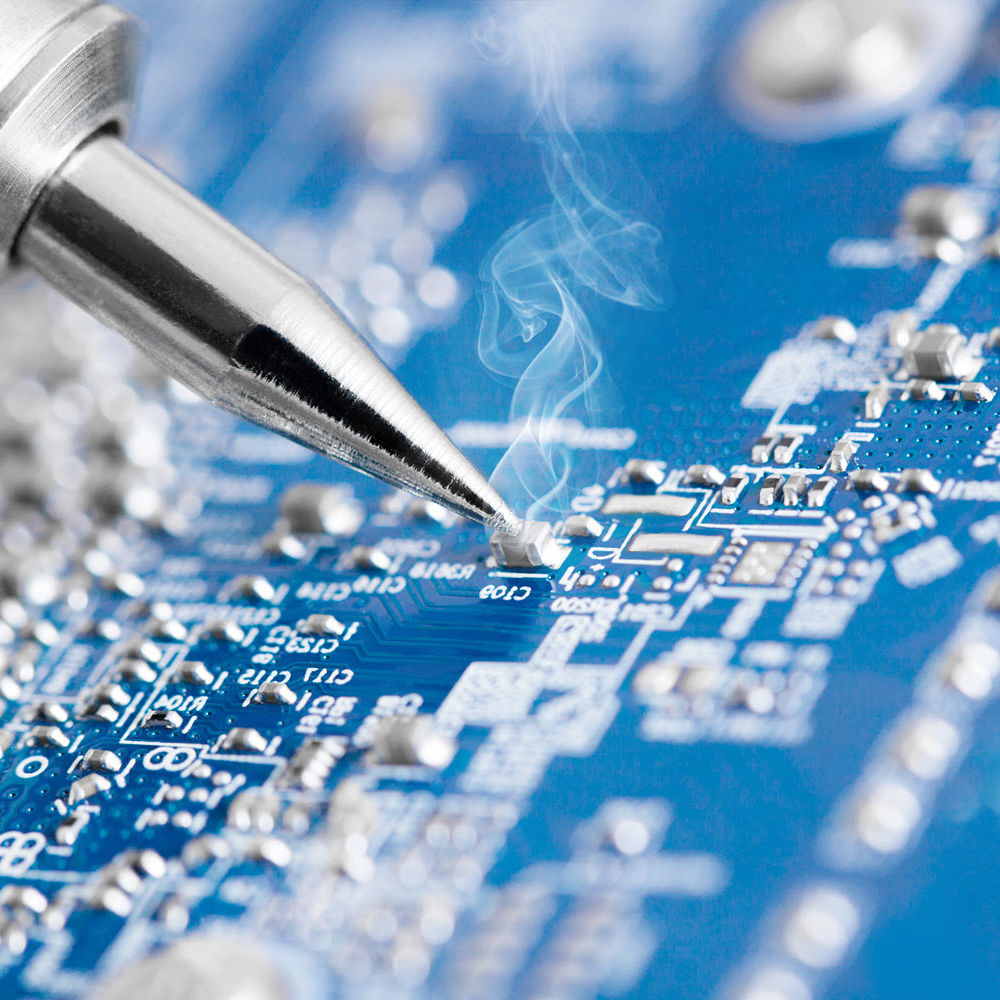Applications for Solders and Braze Alloys
Calculate the following based on your actual chemistry:
Application Examples
Predicting Solidus and Liquidus Temperatures for Solders
Melting behavior is usually the first consideration in designing new solder materials. The melting point can determine the actual soldering temperature. The pasty range, which is the difference between solidus and liquidus temperatures, where the alloy is part solid and part liquid, should be narrow since alloys with wide pasty ranges are more susceptible to fillet lifting and tombstoning. The solidus temperature should be significantly higher than the solder joint’s maximum operating temperature. Knowledge on the effect of alloying elements on the melting behavior of lead-free solders is of great importance to the development of new solder alloys and the improvement of existing alloys.
This figure shows a comparison of calculated and experimentally determined liquidus and solidus temperatures for a large number of commercial solders. As you can see, the predicted temperatures show good agreement with the experimental data.

Formation of Intermetallic Compounds (IMCs)
The intermetallic compounds at the interface, especially the one that forms first, are critical to the mechanical performance of the soldered joints. The formation of intermetallic compounds during the soldering process also plays an important role in the wettability of the solder. Predictability of the interfacial reaction product is thus very important in terms of tailoring the microstructure of the joint through controlling composition or processing parameters. The intermetallic compound that forms first at the interface during soldering can be predicted through calculating the driving force of formation using Thermo-Calc.
This figure shows the driving forces of formation of Cu6Sn5 and Cu3Sn under the metastable equilibrium between Cu substrate (fcc) and liquid Sn in the Cu-Sn binary system.

Calculating Reflow Solder Solidification Temperature
During the final step of the reflow process, the solder usually undergoes non-equilibrium solidification rather than equilibrium solidification. Scheil simulations, which assume that the diffusion in liquid is very fast while the diffusion in the solid phases is so slow that it can be ignored, often provide predictions close to practical solidification processes.
This figure shows the solidification behavior of Sn-3.7Ag-4Bi-0.9Zn calculated using the Scheil Solidification Simulation Calculator in Thermo-Calc. The dotted lines represent the equilibrium solidification and the solid lines represent non-equilibrium solidification based on the Scheil prediction. It is noted that the equilibrium solidification ends at T = 180 °C, while in the non-equilibrium case, the solidification ends at the incipient melt temperature of 137 °C.

Learn more about Applications to Solders
Advances in Pb-free Solder Microstructure Control and Interconnect Design



